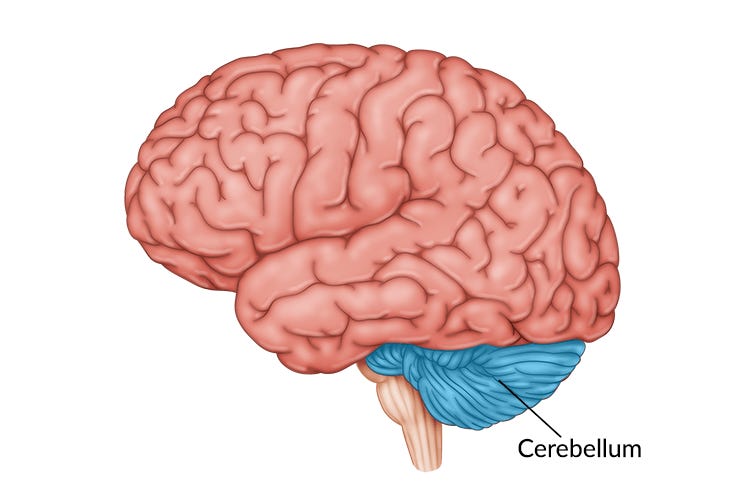Unveiling the Role of the Cerebellum in Human Functionality
The cerebellum, often overlooked in discussions of intelligence, plays a crucial role in various aspects of human functionality. From controlling movement to cognitive skills, this "little brain" is essential for smooth coordination. The content delves into the evolution of the cerebellum, emphasizing its growth throughout primate history. It discusses how even individuals born without a cerebellum can function with impairments but not paralysis. Furthermore, it explores the anatomical complexity of Purkinje cells unique to the cerebellum and their role in classical conditioning. The content also touches upon how individual neurons within the cerebellum can learn quantities and timings through conditioning. Additionally, it suggests that the cerebellum might be involved in spatial world modeling based on its enlarged size in animals with active sensing abilities like echolocation. The discussion extends to how damage to the cerebellum affects motor planning, cognitive tasks, and even logical sentence construction. Overall, it presents a comprehensive view of the multifaceted functions of this intriguing brain region.
要約をカスタマイズ
AI でリライト
引用を生成
原文を翻訳
他の言語に翻訳
マインドマップを作成
原文コンテンツから
原文を表示
sarahconstantin.substack.com
What does the Cerebellum Do Anyway?
抽出されたキーインサイト
by Sarah Consta... 場所 sarahconstantin.substack... 02-26-2024
https://sarahconstantin.substack.com/p/what-does-the-cerebellum-do-anyway
深掘り質問
